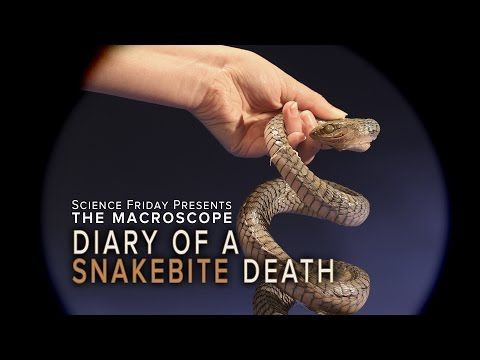Why Did A Scientist Decide To Record His Death Via Snakebite?

What would you do if a poisonous snake bit you?
For most anyone else, the answer would be to immediately rush to the nearest hospital and seek medical attention. Yet, for Karl Patterson Schmidt, a renowned Chicago herpetologist (snake researcher), the answer was markedly different — he decided to jot down the venom’s effect on him in a series of diary entries, almost right up until the moment of his death a day later.
Schmidt was bitten by a 30-inch boomslang snake on September 25, 1957 after he failed to appropriately handle it. The poisonous snake, found only in sub-Sarahan Africa, had been sent to him for identification since he served as the chief curator of zoology at the Field Museum of Natural History in Chicago.
Waving away efforts by others to get him medical care, Schmidt, having been one of his field’s most prolific experts, did what was natural to him instead, recording what information he could before he would perish on September 26. What followed was the dying yet relatively calm words of a man slowly succumbing to the tiny ruptures of his circulatory system that caused massive hemorrhaging along his entire body.
Now, Science Friday, via its regular “The Macroscope” video series, has decided to offer us a look at those final words and his final day, and the results are positively spellbinding.



























